Cat tail movements offer a unique window into their emotions and intentions. These movements, ranging from wagging to swishing, form an integral part of a cat's body language.
By understanding these signals, we can enhance our communication with our furry friends. Thus fostering a deeper bond and a more harmonious coexistence.
This article will guide you through the various cat tail movements and their meanings. It will help you improve your interactions with these beautiful and mysterious creatures.
Basic Cat Tail Movements
Cat tail movements can often indicate a cat's mood, feelings, and intentions. In this section, we will explore some basic cat tail movements and what they signify.
Tail Up
A cat with his tail straight up signifies that he is comfortable, confident, and relaxed in his territory.
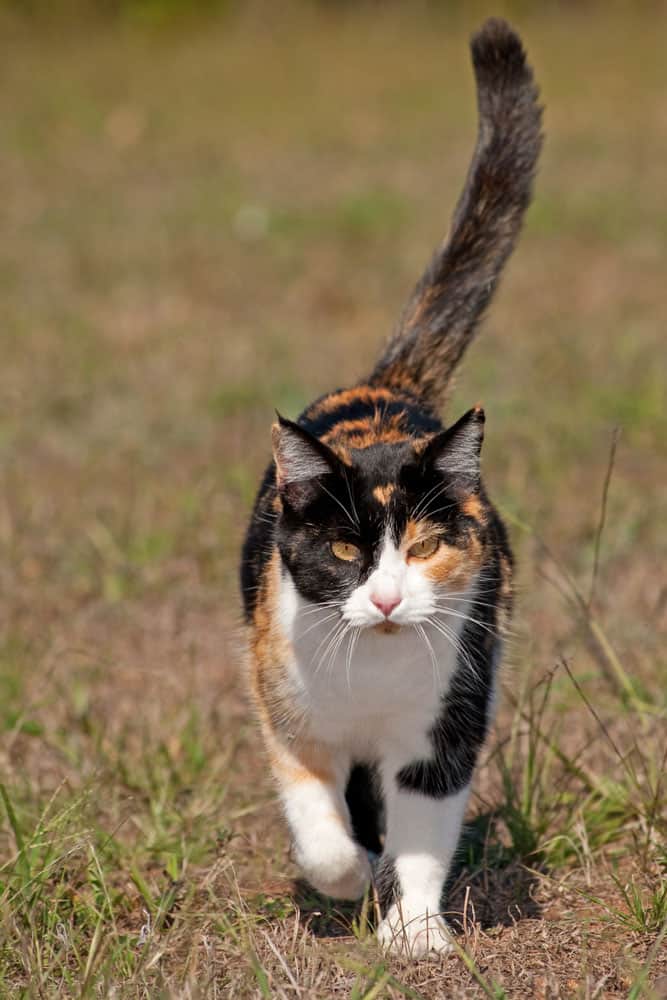
This tail movement communicates respect and a "no harm intended" message to other animals. This friendly posture can also signal that a cat is open to being approached and petted.
Tail Down
In contrast, when a cat holds his tail down, he may feel anxious, submissive, or even scared.
A low-hanging tail indicates that the cat is not feeling confident in his current environment and may prefer some solitude.
However, the tail being down and slightly curved can also simply mean the cat is relaxed and not threatened. So it is essential to consider any other body language cues that the cat displays.
Tail Twitching
Tail twitching is another common cat tail movement. Cats twitch their tails when they are focused on something. They could be preparing to pounce on a toy or observing an object or prey with great interest.
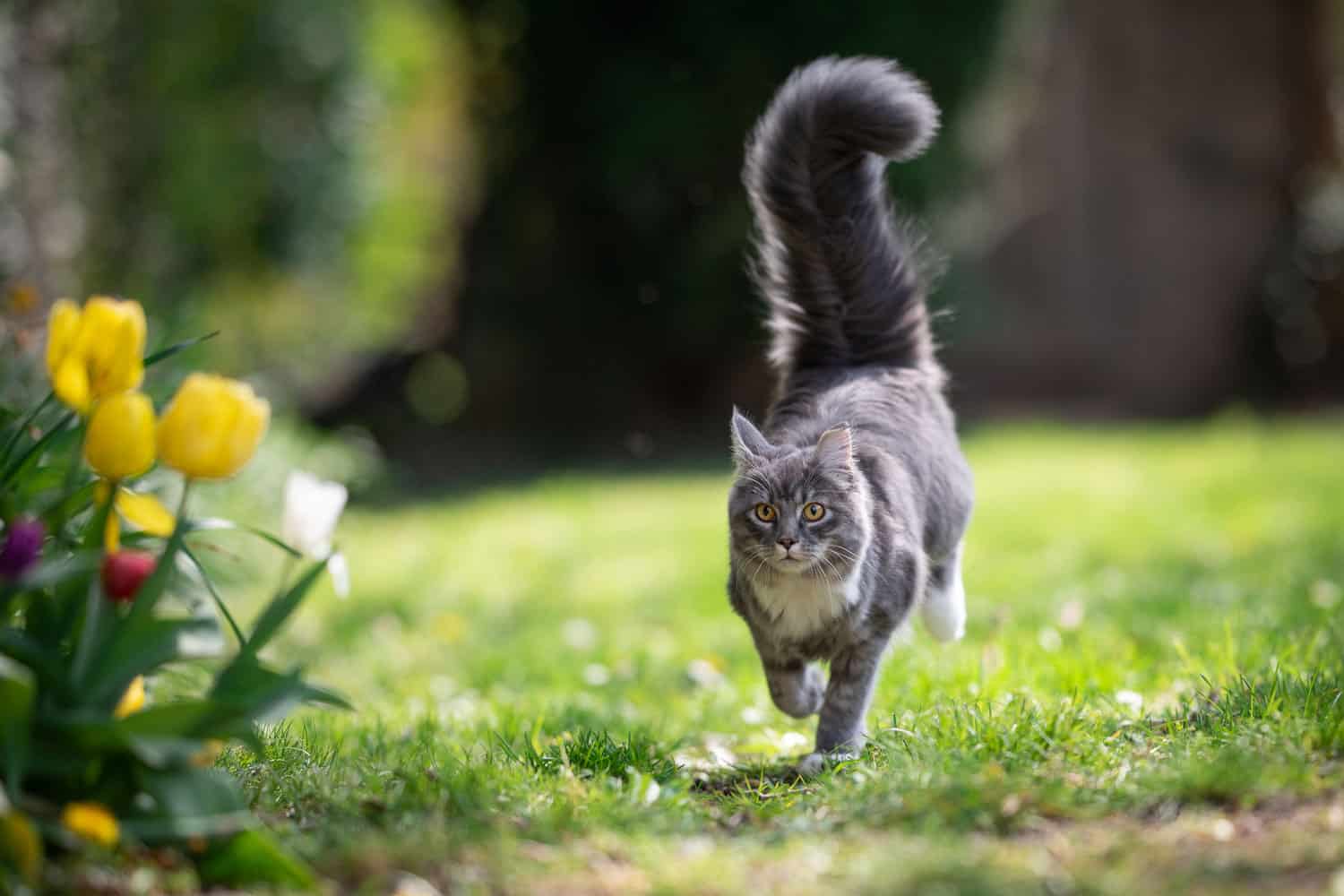
A slightly twitched tail can also indicate curiosity. If the tail is twitching rapidly, however, it could mean that the cat is agitated or upset. It might be best to give them some space.
Tail Quivering
A cat's quivering tail can be a sign of excitement or a friendly greeting. When a cat quivers his tail, it is a sign that he is happy to see you or another pet. He wants to share his enthusiasm by making this unique tail gesture.
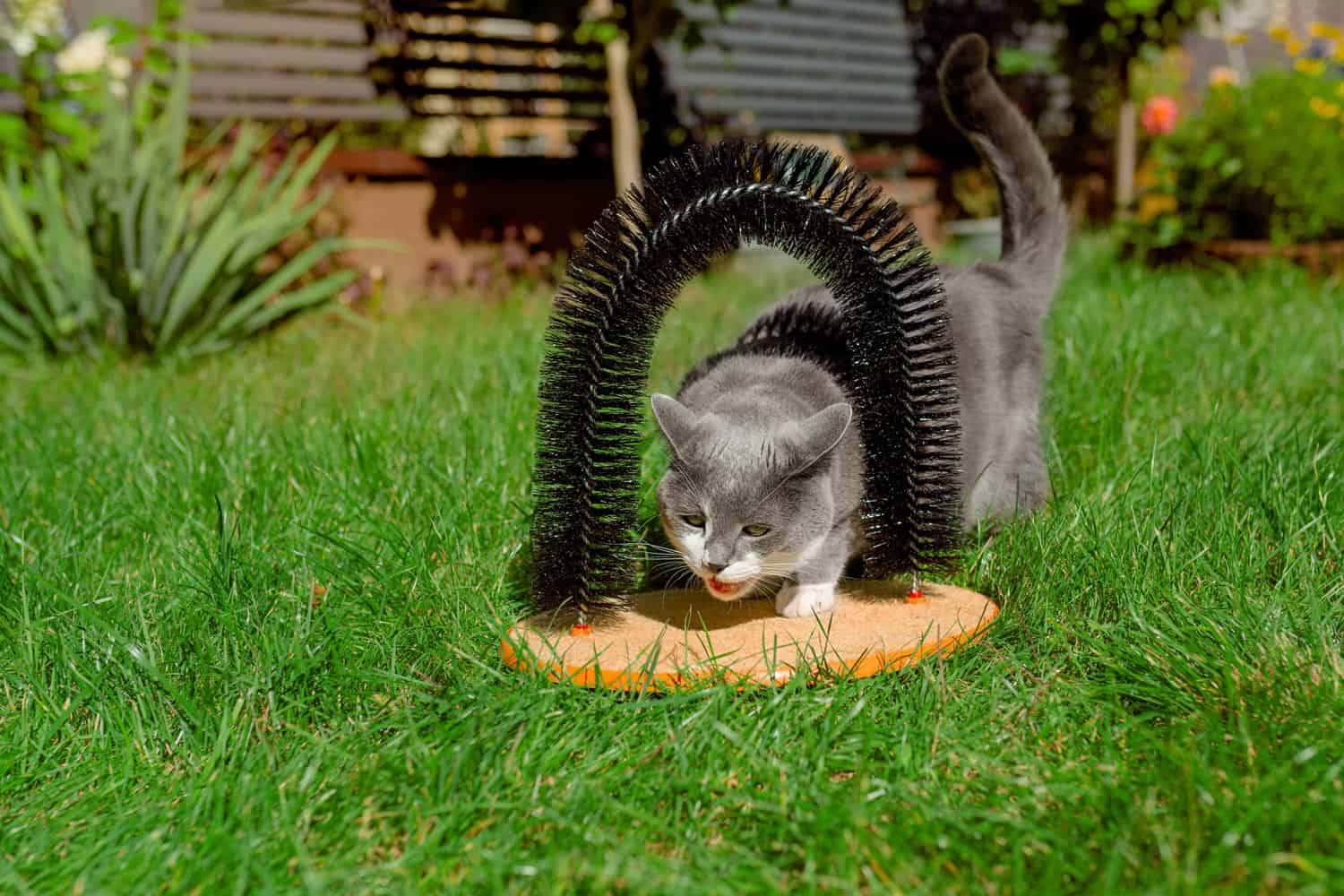
A quivering tail can often be seen when a cat is waiting to be fed, indicating their anticipation of mealtime.
In some cases, a quivering tail may also indicate that the cat is marking his territory. This is especially true if he is standing near a vertical surface.
Emotions And Cat Tail Movements
Cat tail movements can provide valuable insights into a cat's emotional state. Here are some common tail movements and what emotions they indicate:
Contentment
When a cat is content, their tail will often be held straight up with a slight curve at the top. This indicates a relaxed and happy mood.
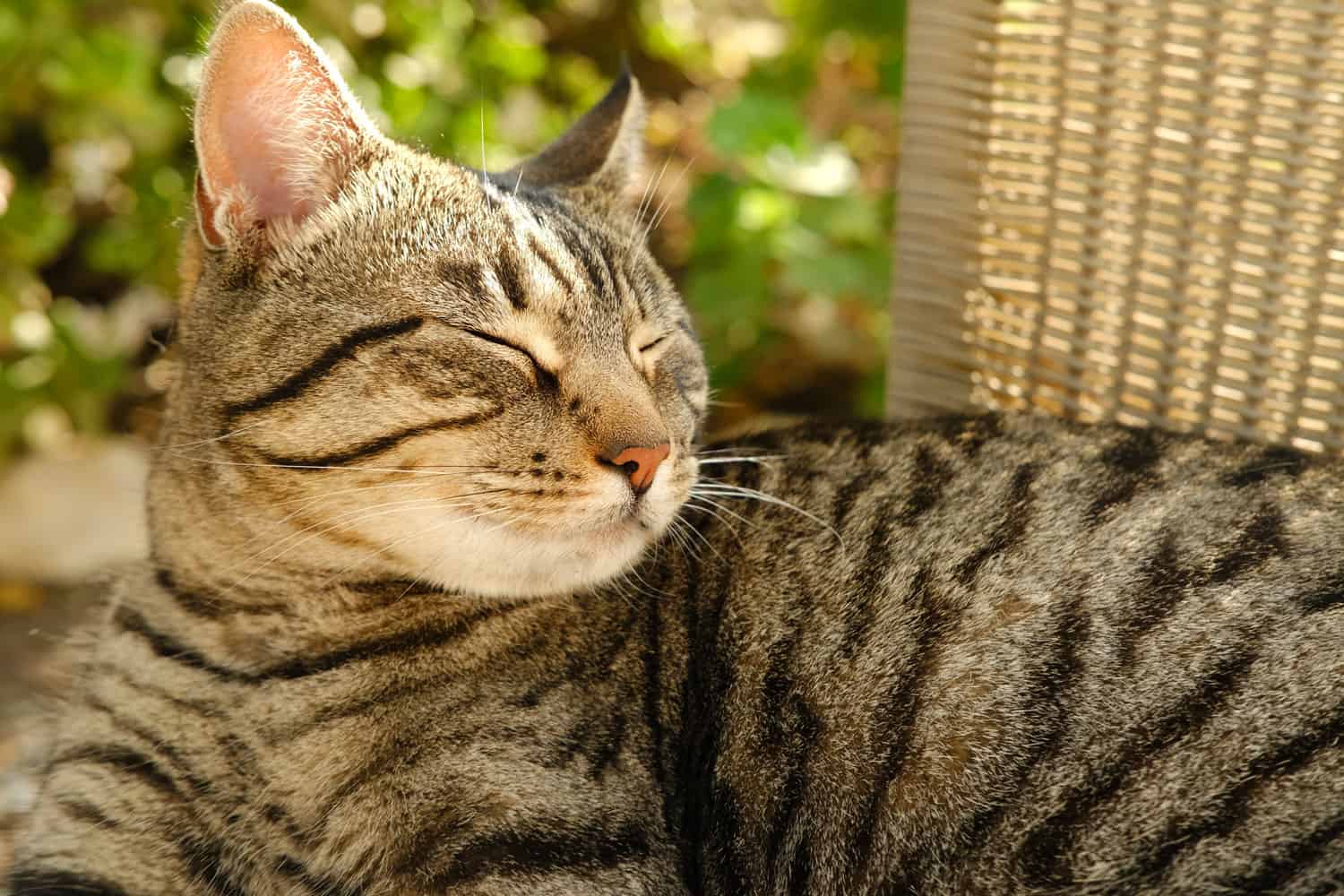
This upright posture shows that the cat is comfortable in his environment and feels secure.
It is a signal of respect toward other animals and a sign that the cat does not intend any harm.
Fear and Aggression
Cats may also exhibit different tail movements when they experience fear or aggression. For instance, when a cat feels threatened, he might puff up his tail. This makes him appear larger to intimidate potential adversaries.
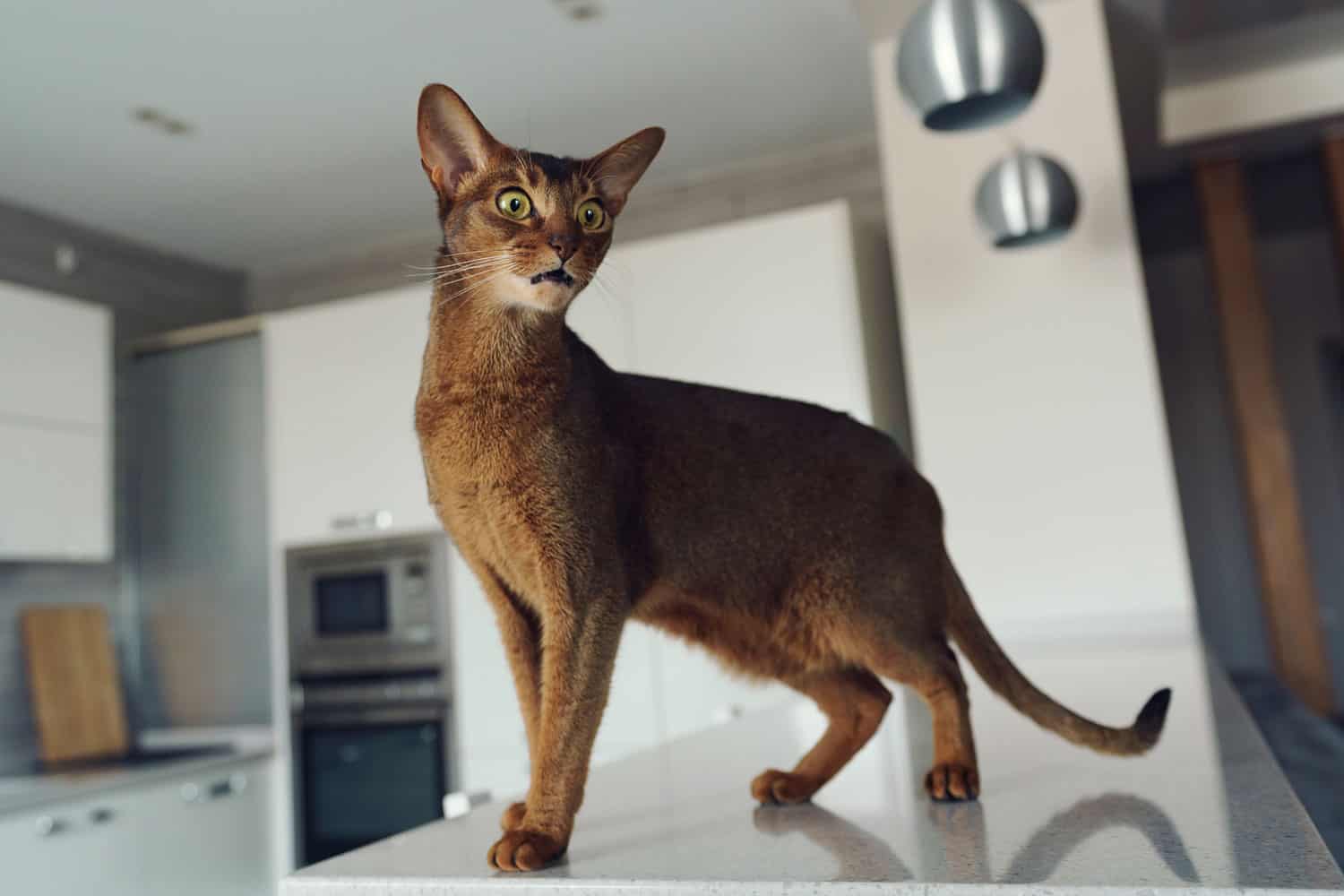
Additionally, cats may hold their tails straight down or tuck them between their legs when they are scared or submissive.
Curiosity and Playfulness
Curiosity and playfulness are also expressed through cat tail movements. A cat will typically wag or twitch the tip of his tail when he is feeling playful or inquisitive. This signals his interest in engaging with a toy or another animal.
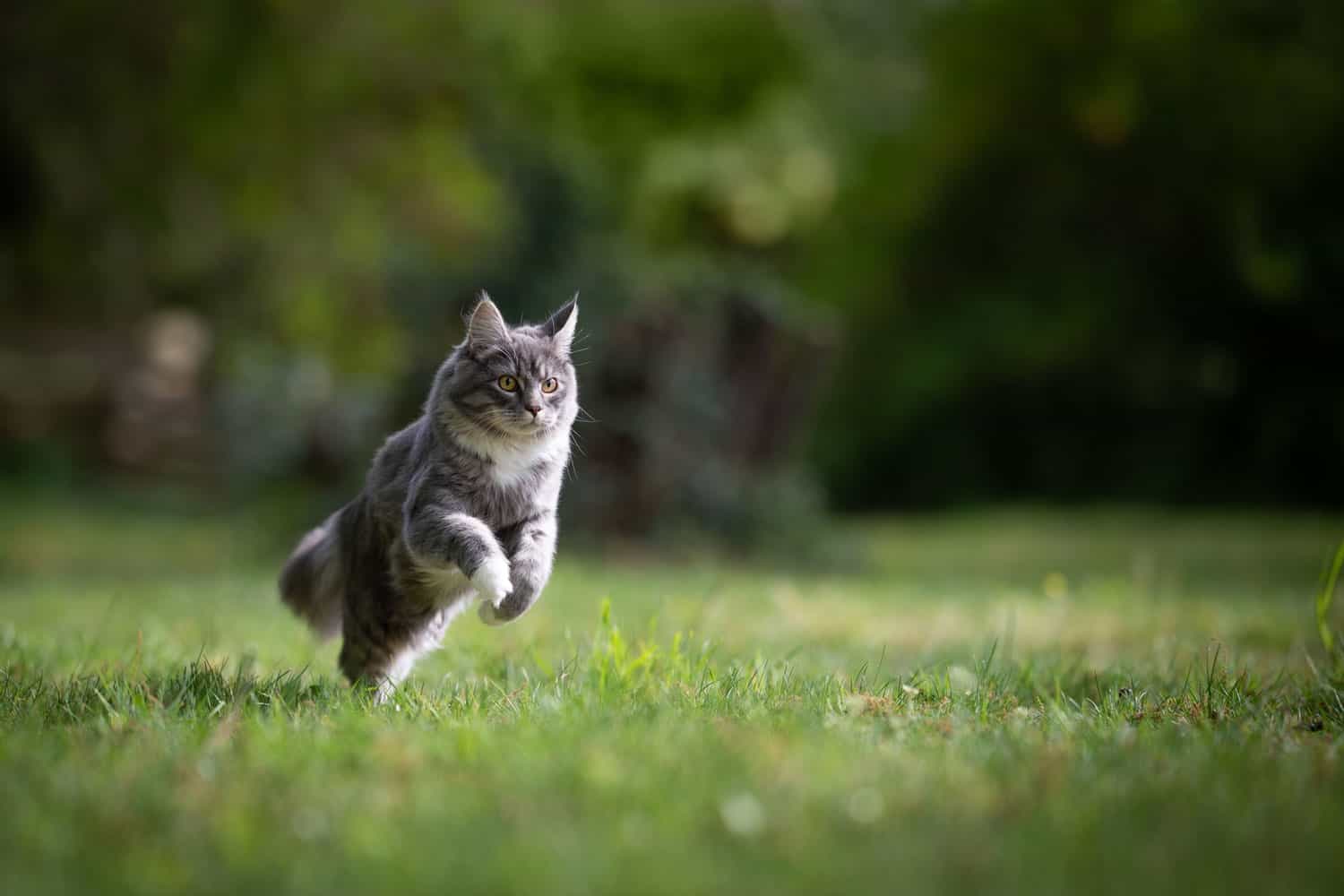
This gentle movement can be easily distinguished from the more aggressive thrashing or thumping movements associated with annoyance or irritation.
Annoyance or Irritation
Finally, when a cat is annoyed or irritated, it may show this through his tail movements. Rapid, forceful tail thrashing is a clear indication that the cat is agitated and may need some space.
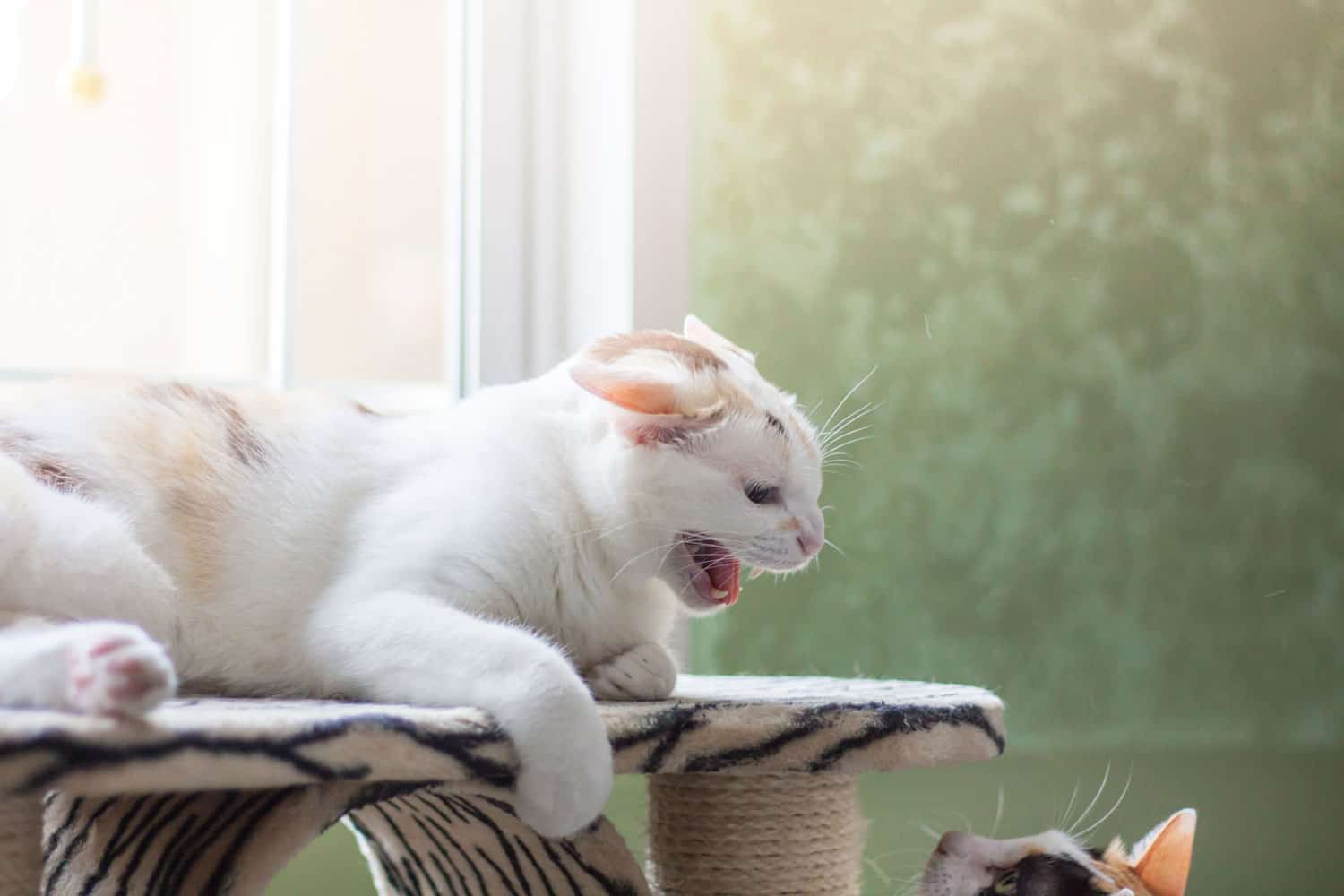
It's essential to pay attention to these signals as a pet owner, as cats may become more aggressive if their irritation continues unaddressed.
Combining Tail Movements with Other Gestures
When a cat flicks or lashes his tail, he signals agitation. While a slowly waving tail indicates focus or the cat is about to pounce on a toy.
A cat's tail movements should be considered alongside other body language cues, such as ear position, vocalizations, and facial expressions, to get an accurate read of the cat's emotional state.
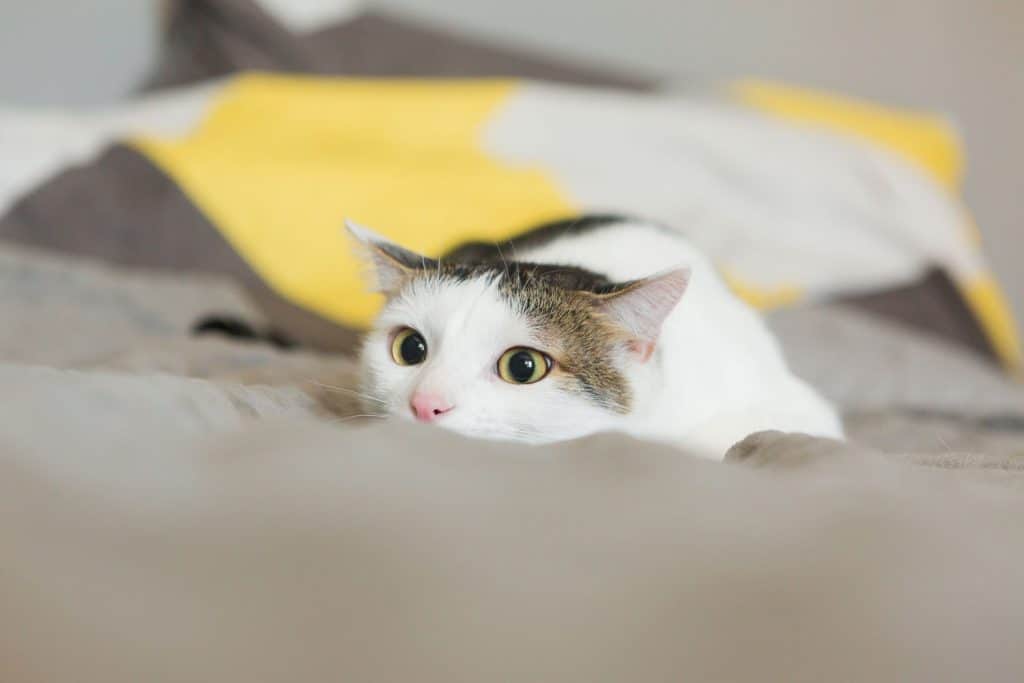
A combination of these gestures can relay a clearer message, such as a thrashing tail with flattened ears indicating a frightened or aggressive cat.
On the other hand, if a cat's tail is draped around their body, it may indicate that they are feeling defensive or afraid. Thus, providing them with a safe place to retreat would be helpful.
Different Cat Breeds and Tail Movements
Though tail movements can be a universal communication tool among cats, different cat breeds may have unique tail language expressions.
For example, a Maine coon's large, bushy tail might seem more expressive due to his size. On the other hand, a Manx cat, which is known for his absence of a tail, will rely more on other body language cues to communicate.
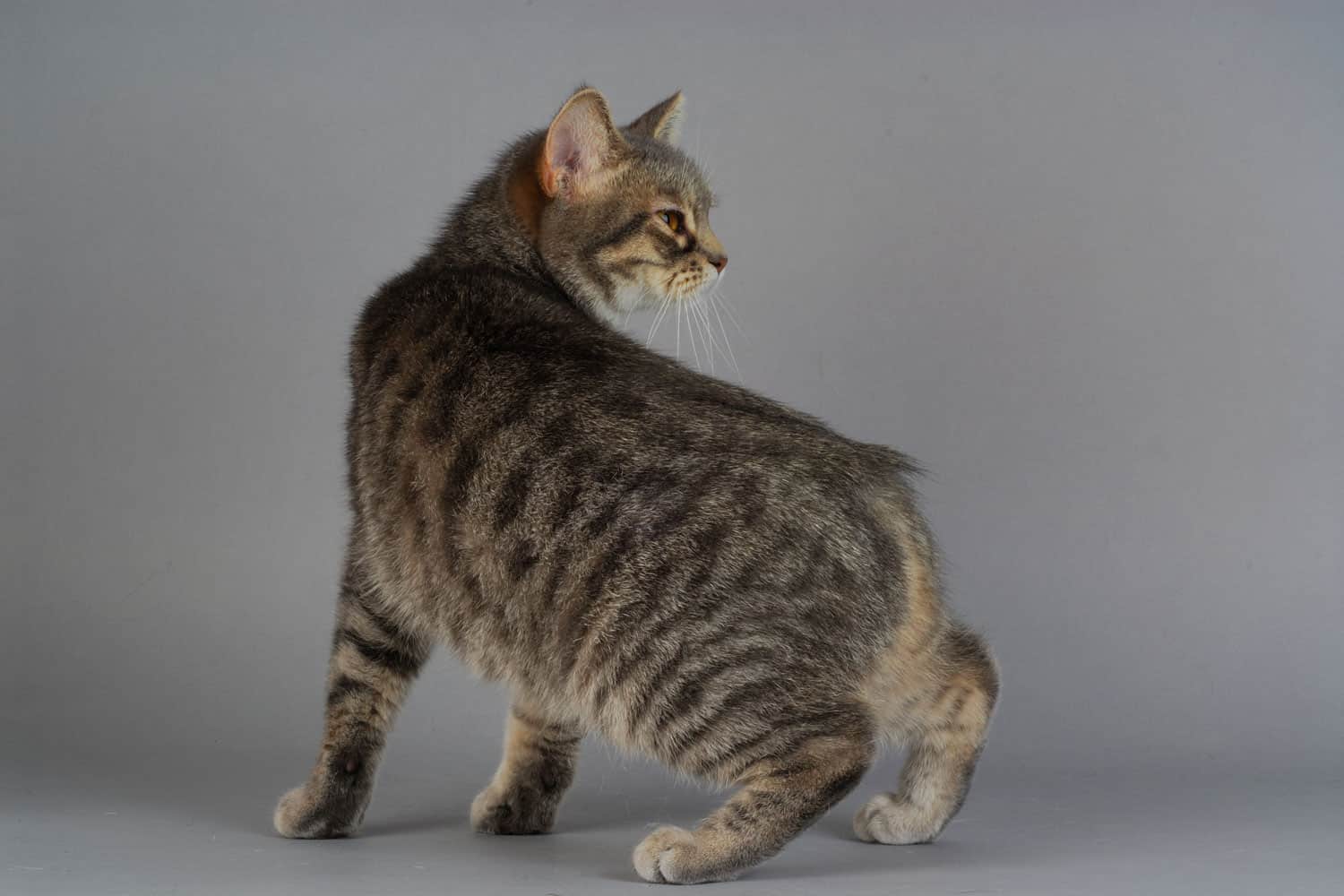
Understanding your particular cat breed's tail movements and behavior will help you better interpret their emotions and intentions. Ultimately this will strengthen the bond between you and your feline friend.
Overall, paying close attention to your cat's tail language and combining it with other body language cues can help you better understand your cat's emotions and habits, creating a happier and more harmonious relationship.
Cases When Tail Movements Could Signal Health Issues
Cats use their tails to communicate with their humans and other feline friends. Most of the time, tail movements are just signs of their mood or emotions, such as happiness, fear, or irritation.
However, in some cases, changes in tail movements might indicate a health issue.
One possible health concern is an injured tail. If a cat suddenly stops moving his tail or shows signs of pain when the tail is touched, he might have experienced an injury.
In such cases, it's essential to consult a veterinarian, as the tail is a vital part of the feline anatomy and an extension of the spine.
Another indication of a possible health issue is when a cat keeps his tail low to the ground or tucked underneath himself.
This behavior might be signaling anxiety, fear, or pain. If the cat is also crouching or flattening his ears, it's important to monitor his behavior and consult a vet if it persists or worsens.
Lastly, unusual or excessive tail twitching can be a sign of a medical problem.
For example, feline hyperesthesia syndrome is a neurological disorder that can cause cats to have sudden, intense episodes of twitching or swishing their tails.
These episodes can be accompanied by other symptoms such as vocalizations, skin sensitivity, or aggressive behavior.
If you notice these signs in your cat, a trip to the vet is recommended for proper diagnosis and treatment.
Wrapping Up: Making Sense Of Your Cat's Tail Movements
Cat tail movements provide valuable insight into a feline's emotions and intentions.
By understanding the meanings behind these movements, pet owners can better connect with their furry friends and create a more harmonious living environment for you and your feline companion.
It's important to note that specific tail movements can also indicate underlying health issues, so it's crucial to be vigilant and seek veterinary advice when necessary.
Observing your cat's overall body language, including their ears and eyes, will also improve communication by providing a comprehensive understanding of their emotions.
While some tail movements might be subtle, the more time spent observing and interacting with your cat, the easier it becomes to decipher their signals.
So, next time when you interact with a cat, observe their tail and try to understand what they are conveying through those movements. After all, a close relationship with your feline friend starts with good communication.
Read more:
This ‘Must Have’ Will Alleviate Your Cat’s Anxiety
10 Ways To Tell Your Kitty Is Sick Or Needs Help
Some elements on this page may have been created by our team using advanced AI to provide you with top-notch cat inspired ideas. Read more about our AI Content Policy.
